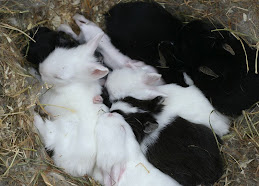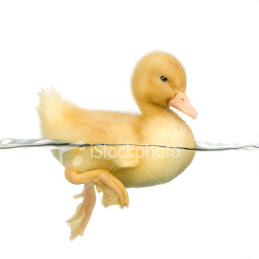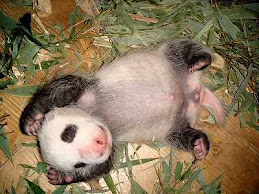
Monday, March 9, 2009
An Animals 3
Why do camels have humps?

Answer:
A camel's hump is its own built-in food cupboard. By living off the fat stored in its humps, a camel can go for as long as two weeks without eating. Camels need their humps because they live in deserts, where food and water are hard to find.
*Arabian camels have one hump.
*Bactrian camels have two humps.
*A thirsty camel can drink ten buckets water in just 10 minutes!

Why do elephants have trunks?
Answer:
An elephant's trunk is a helpful tool. It can be used to pull down leaves and branches to eat. It also makes a good hose elephants can squirt dust or water over themselves to keep cool.
*Elephants say "hello" to friends by shaking trunks with them.
*An elephant's trunk a bit like a hand. Using its tip, an elephant can pick up something as small as a button.
Why do giraffes have long necks?
Answer:
A giraffe's long neck makes it tall enough to eat the leaves at the top of tree. Other animals cannot reach as high, so the giraff has a lots to eat. A giraffe's tongue is half a metre long!
Saturday, February 28, 2009
About Animals 2
Why do animals have skeletons inside their bodies?
Answer:
Not all animals have skeletons, but most large ones do. This is because the bigger an animals is, the more it needs a strong sturdy framework to hold its body together and carry its weight. Skeletons also protect soft inside parts, like brains and heart.
*Most animals' skeletons are made of bone, but a shark's skeleton is made of gristle. This isn't as hard as bone, but it's still tough. You are some at your nose tip.
*Animals without backbones are called invertebrates. Insects, spiders, snails, worms, jellyfish, prawns and crabs are all invertebrates.
*Animals with backbones are calls vertebrates, and so are amphibians, reptiles, birds and mammals.

Which animals have skeletons on the outside?
Answer:
Most smaller animals have tough skins called exoskeletons. These outside skeletons do the same job as insede ones. They protect and support the animals' soft bodies.
*Insects, spiders, scorpions, centipedes and milipedes all have tough exoskeletons. Lobsters, crabs and some beetles have really tough exoskeletons that work like armour, to protect them from attack.

Answer:
Not all animals have skeletons, but most large ones do. This is because the bigger an animals is, the more it needs a strong sturdy framework to hold its body together and carry its weight. Skeletons also protect soft inside parts, like brains and heart.
*Most animals' skeletons are made of bone, but a shark's skeleton is made of gristle. This isn't as hard as bone, but it's still tough. You are some at your nose tip.
*Animals without backbones are called invertebrates. Insects, spiders, snails, worms, jellyfish, prawns and crabs are all invertebrates.
*Animals with backbones are calls vertebrates, and so are amphibians, reptiles, birds and mammals.

Which animals have skeletons on the outside?
Answer:
Most smaller animals have tough skins called exoskeletons. These outside skeletons do the same job as insede ones. They protect and support the animals' soft bodies.
*Insects, spiders, scorpions, centipedes and milipedes all have tough exoskeletons. Lobsters, crabs and some beetles have really tough exoskeletons that work like armour, to protect them from attack.

Subscribe to:
Posts (Atom)

















